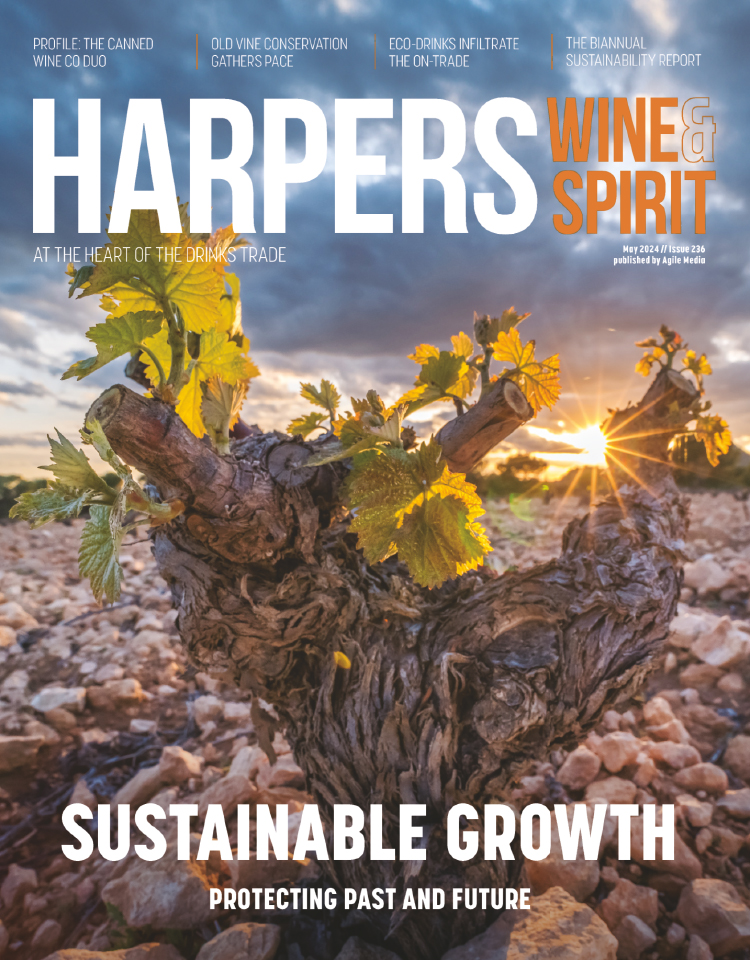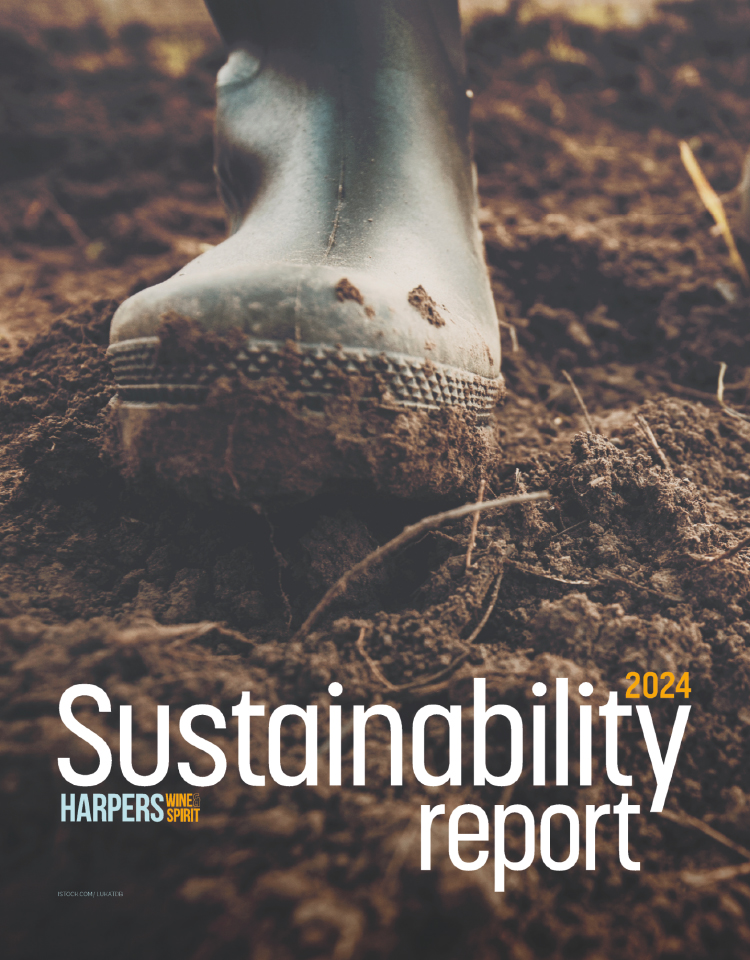Jochen Erler looks at the Turkish wineries on the Gallipoli Peninsula
In Turkey, like in the other sun-drenched wine growing countries of Southern Europe with an ideal climate for winemaking, the wine producers are struggling to rein in the alcohol level of their wines without compromising the phenolic ripeness of the grapes at harvest time.
In Turkey, like in the other sun-drenched wine growing countries of Southern Europe with an ideal climate for winemaking, the wine producers are struggling to rein in the alcohol level of their wines without compromising the phenolic ripeness of the grapes at harvest time.
Hence some Turkish businessmen have decided to invest in the trend of planting vines in "cool climate" locations. Apart from the mountainous area in Eastern Turkey, the Thracian Gallopoli Peninsula on the European continent, not far from Istanbul, offers a microclimate with temperatures that are always a few degrees less than in the other low lying lands.
This is due to the sea and the strong winds caused by the geographic features surrounding the Bosphorus. In addition the prevailing muschelkalk in the soil provides a source for minerality in the wine.
Of course, grapes have been grown in this area for thousands of years. Among the traditional local varieties for wine making, the red Papazkarasi grape is widely grown. It is being over-cropped by the farmers and has not yet generated a wine suitable for the international market.
The rare red Karasakiz grape, however, belongs to the most interesting grapes of Turkey. This variety has been saved by the local farmers with their 50 year-old bush plantations.
By contrast, three new wineries have been founded on the Gallipoli Peninsula planting international varieties and applying modern canopy management. Suvla, ventured into wine production in 2003. Forty four hectares are presently planted with international varieties, 20 ha with Turkish white Kinaliyapincak and red Karasakiz, and a further 20 ha are earmarked for future plantings.
The Cabernet Franc tasted from the barrel is of top quality. Unfortunately it is not bottled in an unblended version. On the other hand, the excellent Karasakiz is bottled as a varietal. At present most of the Karasakiz grapes are bought-in from local farmers.
The success of this winery tempted other Turkish businessmen to make similar investments on the Gallopoli Peninsula. In 2008 Chamlija Winery, with its Bordeaux alumna Asli Bayhan, as its winemaker has 90 ha of vineyards. It is experimenting with a great number of international varieties, including the Mavrud grape from Bulgaria, and soon also the Seperani grape from Georgia.
It has planted the most popular Turkish red variety Kalecik Karasi, and the local Papazkarasi which they aim to bring to high standards through modern vineyard management and up-to-date cellar technology. The barrel sample of Chamlija's Cabernet Franc was top of the world. The 2011 Pinot Noir made from only three year-old vines is highly promising.
Finally the Vinero Winery was created in Gallipoli by a group of businessmen who hired Chamlija's winemaker and Michel Rolland as consultant. While the planting of wines has been going on since 2008, production by this winery has only started this year.






